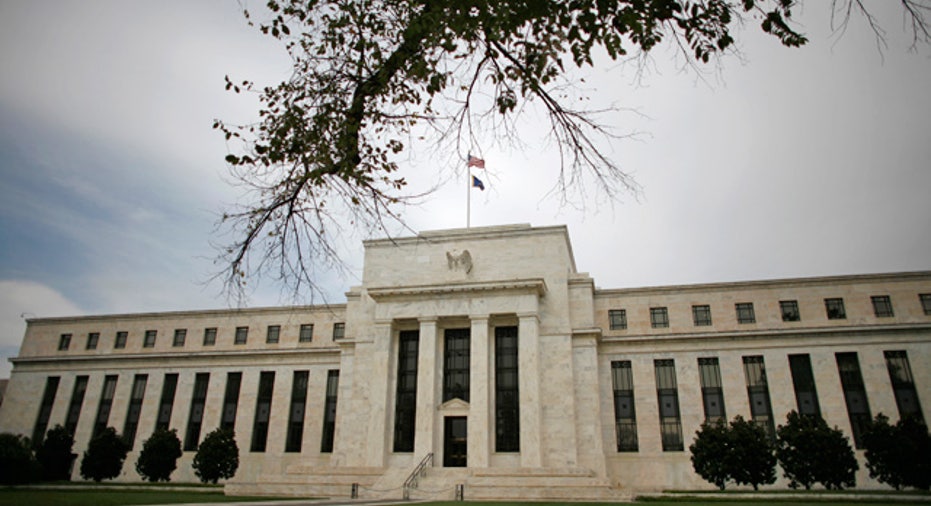Demystifying the Fed's Secretive Discount Window

The treasure trove of new documents released Thursday revealing that scores of global banks pleaded for cash during the financial crisis from the Federal Reserve’s discount window sheds new light on a central bank emergency program that had in the past carried a scarlet letter.
Aimed at lending a helping hand to healthy banks in the midst of a short-term cash crunch, the Fed’s discount window -- its oldest tool -- traditionally gave financial institutions a lender of last resorts. Solvent banks would put up credible collateral and receive a short-term loan at a slightly higher rate known as the discount rate.
“The idea is that a discount window loan is supposed to tide over a bank that temporarily has problems accessing markets,” said Vincent Reinhart, a former senior Fed official and a scholar at the conservative American Enterprise Institute. “If you’re running short at the end of the day, the markets are very thin, you’re solvent, you go to the discount window.”
Due to the negative stigma with having to come to the Fed for a loan, the identities of these banks are normally kept secret.
However, the world’s most powerful central bank was forced to release a massive cache of documents on Thursday after a lengthy court battle between the Fed and FOX Business and Bloomberg News. The news networks argued the public had a right to know what banks received extraordinary assistance during the greatest financial crisis since the Great Depression.
Due to the panicky financial conditions created by the crisis, lending froze up, to the point where many institutions refused to lend to each other out of fear. That led to a sharp increase of banks -- not all of them healthy at the time -- forced to turn to the Fed’s discount window.
“In the financial crisis there were institutions that were certainly in dire straits, but had some dodgy collateral,” said Reinhart.
All told, the Fed lent as much as $110 billion through its discount window during the depths of the financial crisis.
“The Fed has always been portrayed as just pumping money to keep the banks up, but they took an enormous risk with that collateral,” said Charles Geisst, a finance professor at Manhattan College.
The decision to open up the discount window to a wider variety of banks, many of them foreign, is a controversial one. Some argue the access to short-term loans caused moral hazard, meaning investors and banks have little incentive to avoid repeating the same risky decisions that led to the crisis.
“If they didn’t, they were finished on the spot. There was no alternative," said Geisst.
In particular, some have criticized the Fed allowing Bear Stearns to be kept afloat by loans from the discount window, enabling its fire sale to JPMorgan Chase (NYSE:JPM) in March 2008.
“At a time of extreme crisis when everybody is having problems, emergency credit probably makes sense,” said Reinhart. “I would argue strongly against the extension of the discount window to Bear Stearns and JPMorgan. That was a serious mistake. They would have been better off letting Bear fail.”
The Fed initially refused to reveal the names of banks that borrowed via the discount window, citing concern the disclosures could lead to a run on the banks. Indeed, the lending facility traditionally held a negative stigma during normal times.
“You had to convince a [Federal] Reserve bank you really needed the funds. But if you really needed the funds, then why would any private sector party lend to you?” said Reinhart.
However, the data revealed this week confirms almost everyone had to turn to the Fed during the financial crisis.
“Gee, there really isn’t much stigma attached to being revealed from the window in October 2008 because everybody was in those circumstances,” said Reinhart.